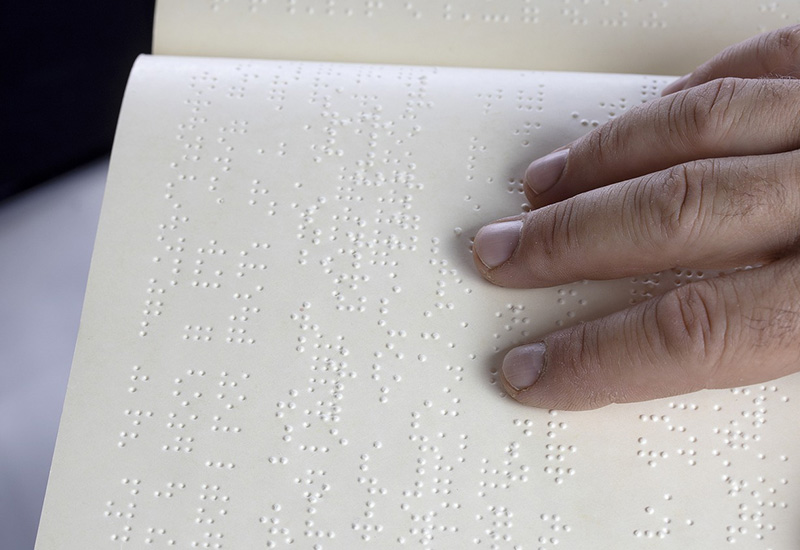Accessibility Initiative Working Party hosts first meeting
by Julie Ganner AE, Chair
The Accessibility Initiative Working Party (AIWP) held its first meeting by Zoom on 22 October.
AIWP has been established as part of IPEd’s commitment to the Australian Inclusive Publishing Initiative. AIWP’s aim for editors is to develop accessibility guidelines, standards, training and resources that are appropriate to the wide range of work we engage in as a profession. This includes not only the different areas of editing and publishing, but also the various contexts and issues we may encounter in any particular field.
Much of the currently available information on accessibility focuses on web and other forms of digital publishing, including ebooks. However, AIWP is aware that publishers often require more flexible practices to cater for their range of needs. We therefore need to find accessibility solutions that work as well for print, tactile and other formats as they do for digital materials.
We are also interested in finding out more, not just about the needs of readers with a print disability, but also those of the alternative-format providers who support them. Many of these organisations are charities or government agencies, and they spend a great deal of time and resources remediating content so it can be perceived and understood by readers using alternative formats to print, such as braille, or assistive technologies, such as screen readers. These resources could be directed to other areas of need if the agencies no longer had to conduct such work.
To this end, AIWP members have begun contacting disability organisations and alternative format providers to request detailed information on barriers to reading and remediation processes that could be provided by an editor.
One interesting piece of information we have already received from the Royal Institute for Deaf and Blind Children is that braille transcribers spend a large proportion of their time separating apostrophes from single quote marks. While these marks may look the same visually, and are generated by the same key on a conventional keyboard, apostrophes and quote marks have different braille codes. However, automatic transcription programs cannot distinguish the correct code to use, so each one has to be checked and manually corrected if necessary. This can prove very time-consuming, especially for works that contain a lot of dialogue or quotes. One obvious solution, then, might be for Australian editors (and style manuals) to consider following the style of other English-speaking countries, such as the United Kingdom and the United States, and use double quote marks instead.
Before everyone becomes too exercised (or horrified) by this suggestion, note that the AIWP will investigate this and other such information further before drafting any formal advice. However, it is interesting that the problem with single quote marks does not appear to have been raised in mainstream accessibility guides so far. We believe this shows how valuable our work is, and we look forward to seeing what else we can uncover in the course of our research.

